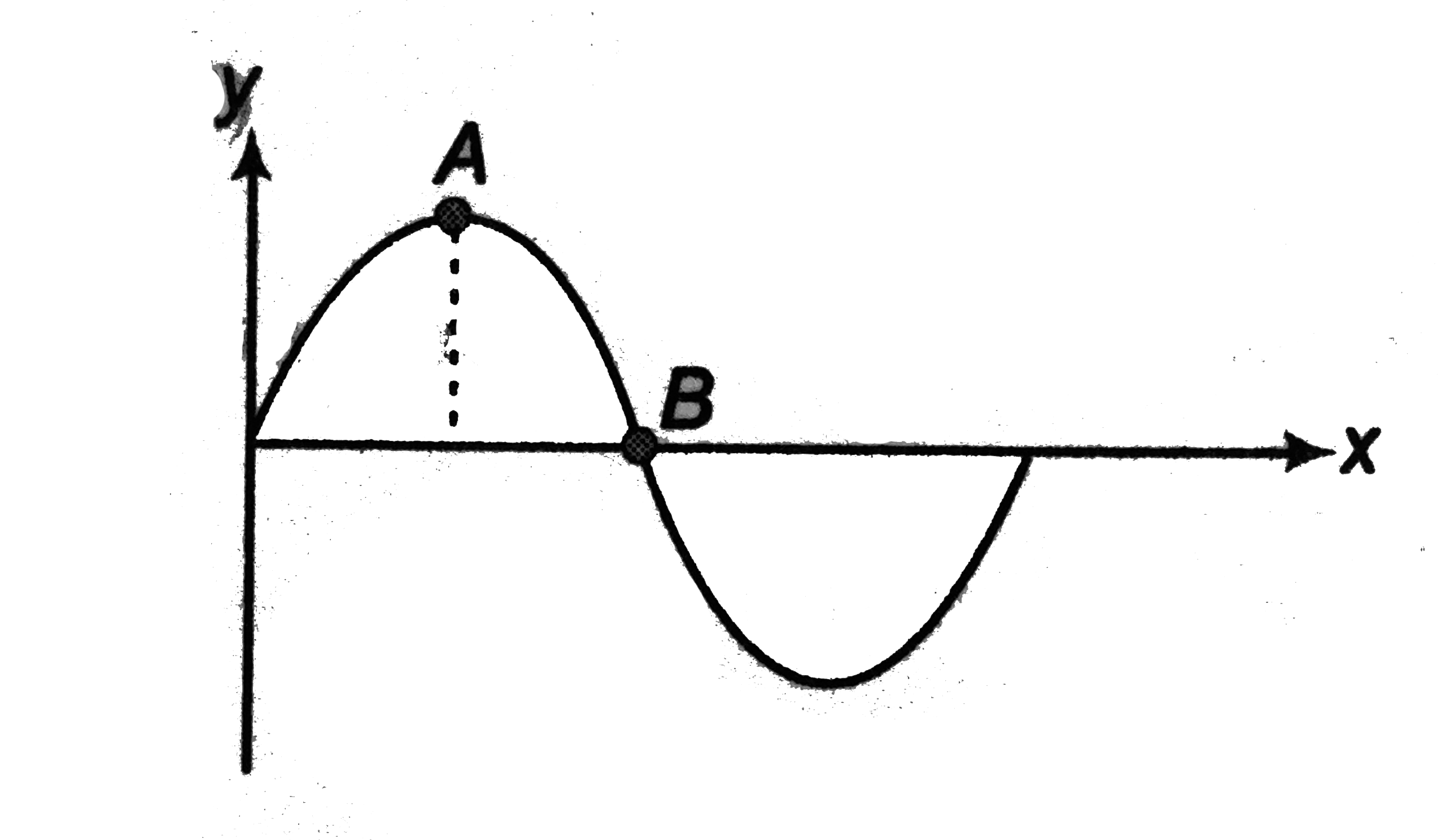State wo differences between potential energy and kinetic energy
Step-by-Step Solution:
1. Definition of Kinetic Energy: Kinetic energy is the energy possessed by an object due to its motion. It depends on the mass of the object and the speed at which it is moving.
2. Definition of Potential Energy: Potential energy is the energy possessed by an object due to its position or height relative to a reference point. It is often associated with the gravitational force acting on the object.
3. Dependence on Motion:
- Kinetic Energy: It depends on the speed of the object. The faster an object moves, the greater its kinetic energy.
- Potential Energy: It does not depend on the speed of the object but rather on its position or height.
4. Formulas:
- Kinetic Energy Formula: The formula for kinetic energy (KE) is given by:
KE=12mv2
where m is the mass of the object and v is its velocity.
- Potential Energy Formula: The formula for potential energy (PE) is given by:
PE=mgh
where m is the mass of the object, g is the acceleration due to gravity, and h is the height of the object above a reference point.
5. Conclusion: In summary, the two key differences between kinetic energy and potential energy are:
- Kinetic energy is related to the motion of the object, while potential energy is related to its position or height.
- Kinetic energy depends on the speed of the object, while potential energy is independent of speed.
- Kinetic Energy: It depends on the speed of the object. The faster an object moves, the greater its kinetic energy.
- Potential Energy: It does not depend on the speed of the object but rather on its position or height.
- Kinetic Energy Formula: The formula for kinetic energy (KE) is given by:
KE=12mv2
where m is the mass of the object and v is its velocity.
- Potential Energy Formula: The formula for potential energy (PE) is given by:
PE=mgh
where m is the mass of the object, g is the acceleration due to gravity, and h is the height of the object above a reference point.
- Kinetic energy is related to the motion of the object, while potential energy is related to its position or height.
- Kinetic energy depends on the speed of the object, while potential energy is independent of speed.
Topper's Solved these Questions
- WORK ENERGY AND POWERBOOK - ICSECHAPTER - WORK ENERGY AND POWEREXERCISE - EXERCISE-2(B) (MULTIPLE CHOICE TYPE )
2 Videos
- WORK ENERGY AND POWERBOOK - ICSECHAPTER - WORK ENERGY AND POWEREXERCISE - EXERCISE-2(B) (NUMERICALS)
23 Videos
- WORK ENERGY AND POWERBOOK - ICSECHAPTER - WORK ENERGY AND POWEREXERCISE - EXERCISE-2(A) (NUMERICALS)
16 Videos
- CALORIMETRYBOOK - ICSECHAPTER - CALORIMETRYEXERCISE - EXERCISE-11(B) (NUMERICALS)
15 Videos
Similar Questions
Differentiate between Kinetic energy and potential energy.
View SolutionA loaded vertical spring executes simple harmonic oscillations with period of 4 s. The difference between the kinetic energy and potential energy of this system oscillates with a period of
View SolutionIn SHM with amplitude a, the potential energy and kinetic energy are equal to each other as displacement
View SolutionAssertion: y−x graph of a transverse wave on a string is as shown in figure. At point A potential energy and kinetic energy both are minimum.
Reason : At point B kinetic energy and potential energy both are maximum.
View SolutionGive one example to show that the sum of potential energy and kinetic energy remains constant if friction is ignored.
View SolutionDistinguish between Kinetic energy and potential energy
View SolutionAs an electron makes a transition from an excited state to the ground state of a hydrogen like atom/ion
(a) kinetic energy, potential energy and total energy decrease
(b) kinetic energy decreases, potential energy increases but total energy remains same
(c ) kinetic energy and total energy decrease but potential energy increases
(d) its kinetic energy increases but potential energy and total energy decrease
View SolutionAssertion : The graph of potential energy and kinetic energy of a particle in SHM with respect to position is a parabola.
Reason : Potential energy and kinetic energy do not vary linearly with position.
View SolutionAn artificial satellite moving in circular orbit around the earth has total (kinetic + potential) energy E0. Its potential energy and kinetic energy respectively are :
View SolutionA man going up has potential energy and kinetic energy both.
View Solution
